Video: Five key stages of the 2015 Giro d'Italia
Valdobbiadene time trial and Mortirolo will be crucial
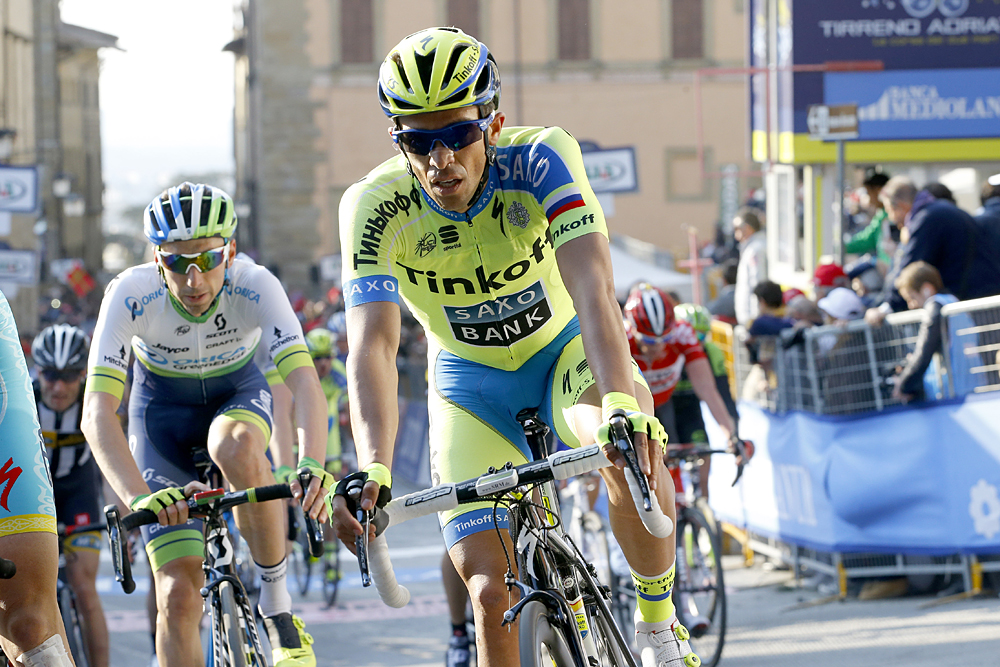
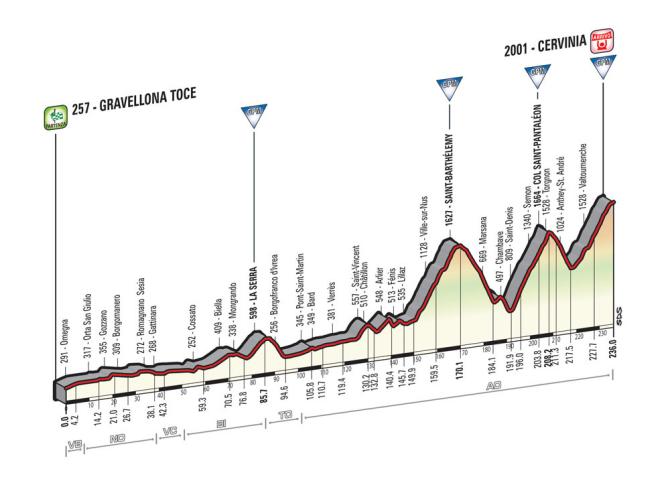
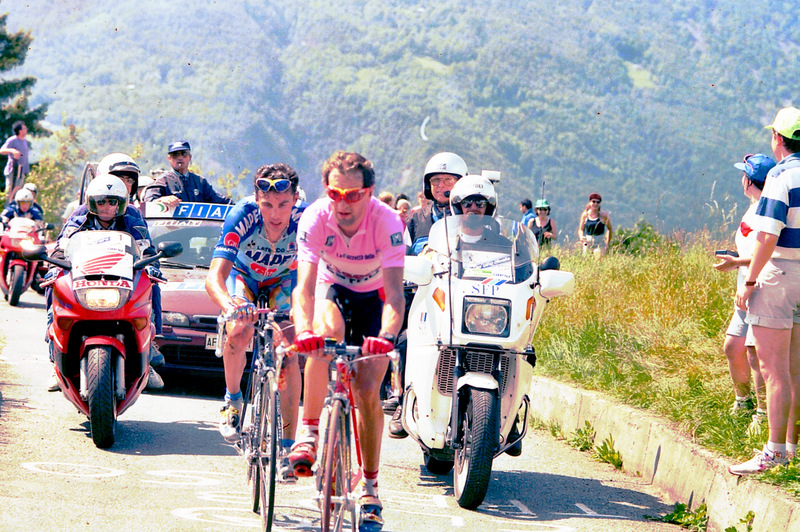
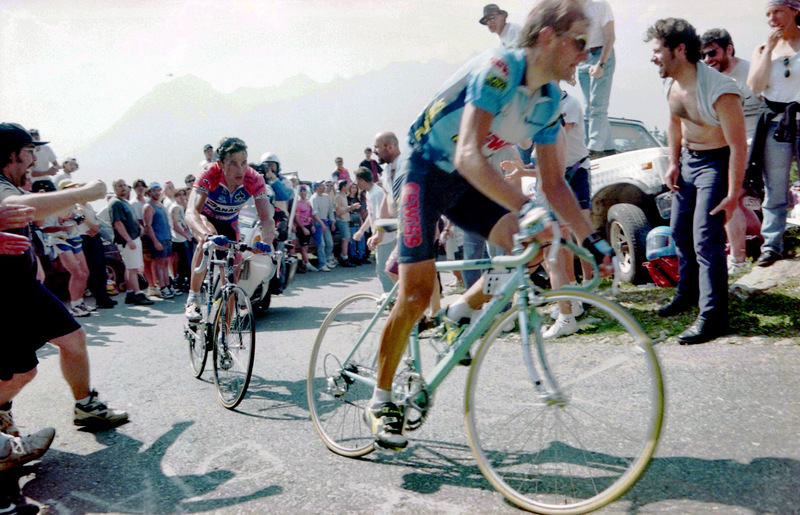
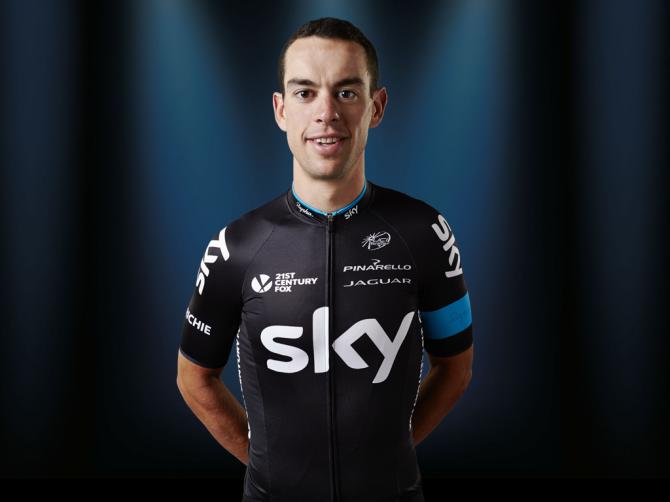
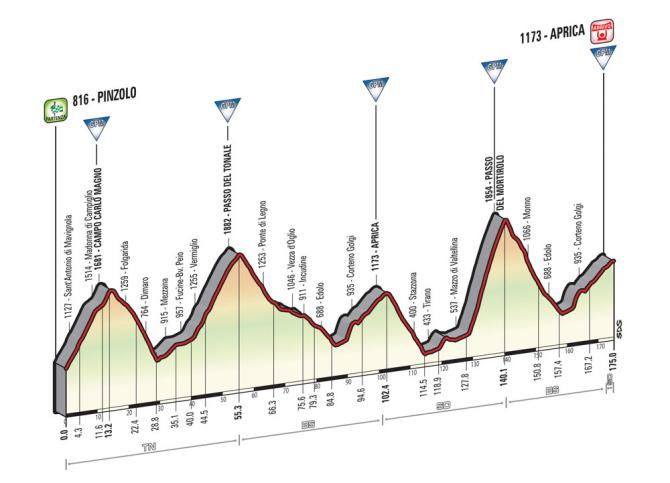
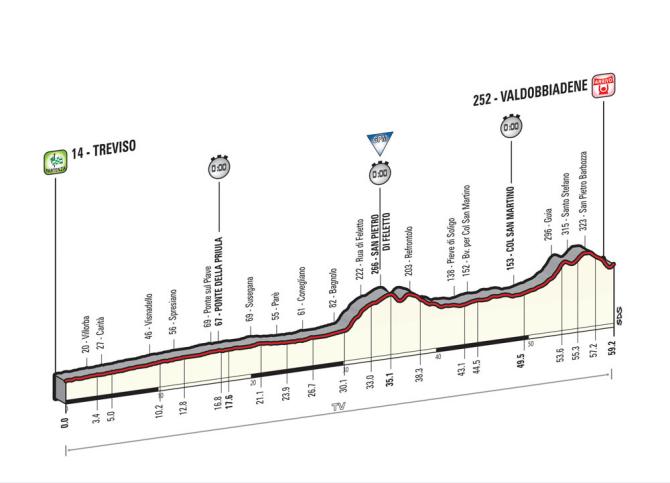
Ahead of the Giro d'Italia, Cyclingnews takes a look at five of the key stages of this year’s race, the days where the maglia rosa will be won and lost.
The first major rendezvous for the general classification contenders ought to arrive at the end of week one, on stage 8 from Fiuggi to Campitello Matese. The 13km haul to the finish line comes at the end of a lumpy day that also includes the Forca d’Acero and the maglia rosa is likely to change hands here. Domenico Pozzovivo (Ag2r-La Mondiale) won a similar stage at Lago Laceno three years ago and will be eager to put on a show as the Giro nears its most southerly point.
The stage 14 time trial from Treviso to Valdobbiadene pays homage to the late Giovanni Pinarello and the 59.5km test is sure to provide a robust test of overall credentials. Richie Porte (Sky), in particular, and Rigoberto Uran (Etixx-QuickStep) will look to pick up time here. Although the terrain is undulating in the second half of the course, Alberto Contador (Tinkoff-Saxo) reckons that most riders will spend all bar a kilometre of the course in the saddle.
A summit finish at Madonna di Campiglio precedes the second rest day, but arguably the real tappone of this Giro comes when hostilities resume on stage 16. The softening-up process begins with the Campo Magno, the Passo del Tonale and a first ascent of Aprica, before the gruppo faces the mighty Passo del Mortirolo. 11.8km in length at an average gradient of 10.9% and with slopes of up to 18%, the Mortirolo is a brute, and has the potential to provoke significant time gaps. Cruelly, the suffering doesn’t end at the summit. After descending to Edolo, the riders must haul themselves back up the third category climb to the finish at Aprica.
The 236km jaunt from Gravellona Toce to Cervinia on stage 19 starts off relatively gently but takes on altogether different complexion in the finale, with three category 1 ascents in quick succession – the Saint-Barthélemy, the Saint-Pantaléon and the climb to the finish at Cervinia. At an average gradient of 5%, the final ascent is far from the toughest, but at the end of the Giro’s second-longest stage and deep into the race’s third week, the 19km climb takes on a rather different guise. In 1997, Ivan Gotti danced clear on the Pantaléon to move into pink at Cervinia, although the racing was more cautious on the Giro’s last visit in 2012, Ryder Hesjedal forged clear near the summit to claim a vital handful of seconds from Joaquim Rodríguez.
The penultimate day of racing sees a repeat of the same stage of the 2005 race, as stage 20 brings the peloton over the Colle delle Finestre to a summit finish at Sestriere. At an altitude of 2178 metres, the Finestre is the Giro’s highest point, the Cima Coppi, and averages 9.2% over 18.9 kilometres of climbing. If that weren’t enough, the upper reaches of the climb are unpaved. Negotiating the sterrato adds to the difficulty of the climb, particularly if the conditions are unkind. Anyone dropped here will struggle to limit their losses on the short, category 3 approach to Sestriere that follows.
Click here to subscribe to the Cyclingnews video channel
Get The Leadout Newsletter
The latest race content, interviews, features, reviews and expert buying guides, direct to your inbox!